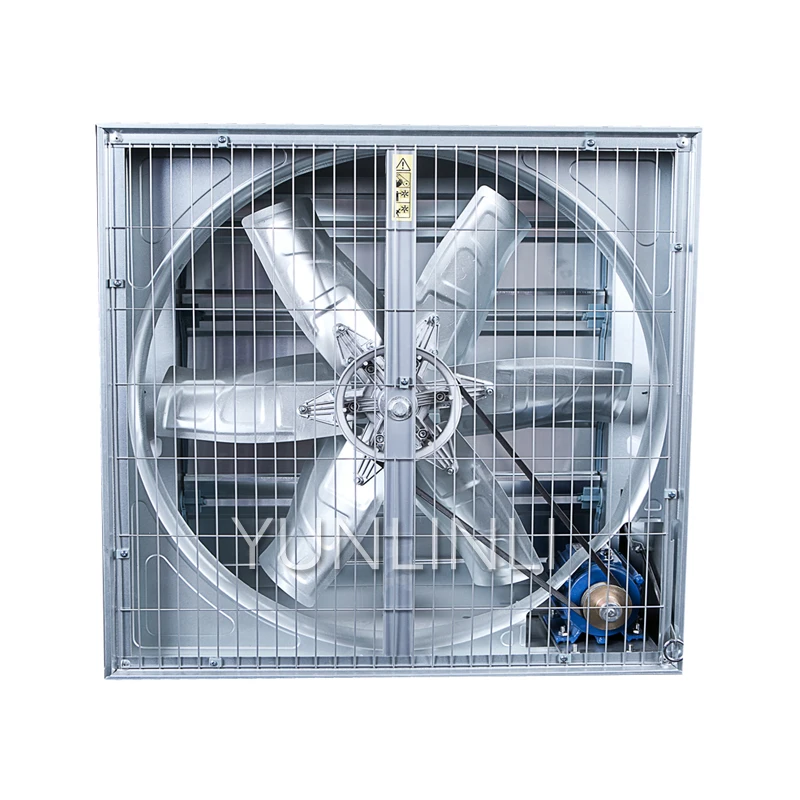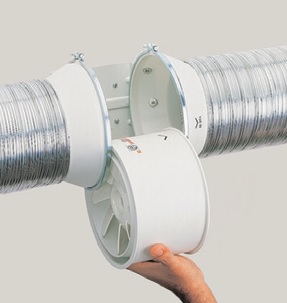

The mist that shoots out of the fans reduces ambient temperature, flushes oxygen, cools the surface of inflammable materials, and weakens radiative and convective effects. The front of the ventilation jet fans is equipped with nozzles, which spray water frontward through the fans, thereby creating mist and propelling it toward the location of a fire. The system features monitoring cameras use to determine fire coordinates and mist-generating jet fans employed to suppress fire. Accordingly, this study develop a new water mist system, in which ventilation jet fans are utilized in such a way to achieve economical feasibility. More affordable equipment with similar performance would be a breakthrough in the field of tunnel safety. The problem is that such system is expensive.

Although no single system is perfect, the water mist system is one of the top-performing conventional tunnel fire suppression systems available.
#PYROSIM EXHAUST FAN MASS FLOW CODE#
The results of this work can show plan reviewers, building code officials, and fire officials that a safe design is, in fact, safe, even if it isn’t explicit in the code.īy Jeff Harrington, CEO and Founder of Harrington Group, Inc.Several tunnel fire detection and fighting systems are currently available in the market, each with its own pros and cons. We have also been able to demonstrate how shifting fan positions could improve tenability conditions for occupants and fire fighters. We have compared fire dynamic simulations with the exhaust in place to simulations without exhaust, and have been able to demonstrate when exhaust is not needed. The ability to study the various phenomena associated with fire help us develop detailed recommendations, and they serve as powerful communication tools.įor instance, FDS/SMV has allowed us to analyze the fire safety of a structure pertaining to the need for smoke removal in a facility. Applications to Fire Protection EngineeringįDS and SMV can be used to compare data between different simulations and study the impact to the fire environment, such as carbon dioxide concentration, temperature, visibility, velocity profiles, and mass flux data at openings.
#PYROSIM EXHAUST FAN MASS FLOW HOW TO#
By using advanced fire simulation software, we can analyze the building design and counsel clients, as well as building and fire officials, how to best meet the intent of the building and fire codes while maintaining the form and function of the building. We look at the intent of the code and model specific fire scenarios to analyze whether occupants or firefighters would be threatened in our clients’ buildings. Harrington Group is often asked to help address these concerns through an alternative means and methods approach that may include what is known as performance-based design. In some cases, building and fire codes include requirements that are outdated, which may potentially increase the risk to occupants and firefighters. The codes generally intend to help ensure buildings do not pose a threat to firefighters or endanger occupants however, the codes cannot address every situation.

Included in the fire code are a number of building requirements on area, height, and other fire safety features. A small complication or oversight in code compliance can throw everything off schedule and increase costs. When planning a unique structure, building designers may find their plans depart from certain building and fire code regulations.


 0 kommentar(er)
0 kommentar(er)
